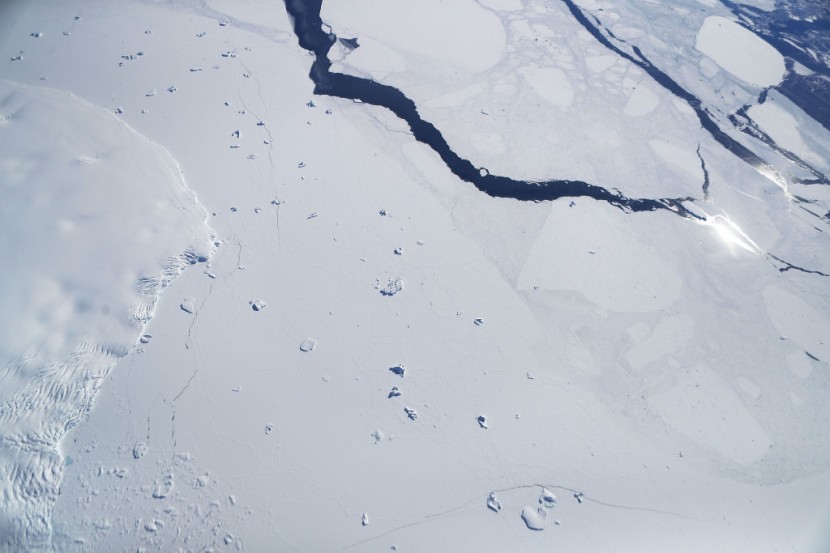
A massive iceberg in Antarctica which is bigger than New York City broke off from the continent's Brunt Ice Shelf, Friday morning. The break-off of the iceberg was the aftermath of a crack that has formed in the ice shelf back in November which continued to grow.
Iceberg in Antarctica Breaks Off from Brunt Ice Shelf
According to the British Antarctic Survey (BAS), the iceberg was around 1270 square kilometers big and was freed from the ice shelf in a process referred to as calving. The iceberg in Antarctica split just near the BAS's Halley Research Station, which is currently closed for the winter. The 12-person staff of the research station left in early February.
However, the breaking away of the iceberg was not a surprise since scientists have already been expecting it to split due to a number of cracks that have formed in the past years. Back in November, a crack which was called the North Rift started to move toward a larger crack in November and continued to grow in January.
In mid-February, an aerial video was able to capture the stretch of the North Rift. BAS also stated that on Friday morning the crack continues to widen for several hundred meters, and eventually broke itself free from the ice shelf.
According to CNN, BAS Director Jane Francis stated that the BAS's teams have been prepared for the calving of the massive iceberg in Antarctica from the Brunt Ice Shelf. She also added that they are updated about the ice shelf on a daily basis through the use of satellite images and a network of automated high-precision GPS instruments.
In addition, Francis stated that all data captured by the GPS instruments and the satellite images are sent to Cambridge to be analyzed. She said that this was done so that they are able to monitor the ice shelf even amid the Antarctic winter when the surroundings are pitch black and the temperature falls below -50 degrees Celsius.
Read also : Ancient Oceans Not Susceptible to Climate Change; Human Activities Have Done Many Damages
As a precaution, the staff of the Halley Research station was moved farther inland back in 2016. The staff was also only required to work in the station during the Antarctic summer since evacuations are hard during the dark Antarctic winter.
Back in 2017, an even bigger iceberg in Antarctica broke off the Larsen C Ice Shelf, the part of the iceberg floated to the open ocean in the past year, The Guardian reported.
Since 1956, there have been six Halley Research Stations in the Brunt Ice Shelf. The stations were placed in order to monitor and observe the atmospheric and space weather.
Icebergs in the Brunt Ice shelf break off in irregular intervals as the shelf moves toward the sea at about 2 km annually.
Meanwhile, the BAS has stated that there is no concrete evidence proving that climate change has a significant role to play in breaking free of the iceberg. They also stated that the change at Halley is a natural process and is not in any way connected to the calving at the Larsen C Ice Shelf.
Scientists are now keeping a close watch on what happens to the iceberg in Antarctica next.
Related article: Italy's Mt. Etna Erupts 4 Times in the Past Week, Offers a Show of Lava and Fire








